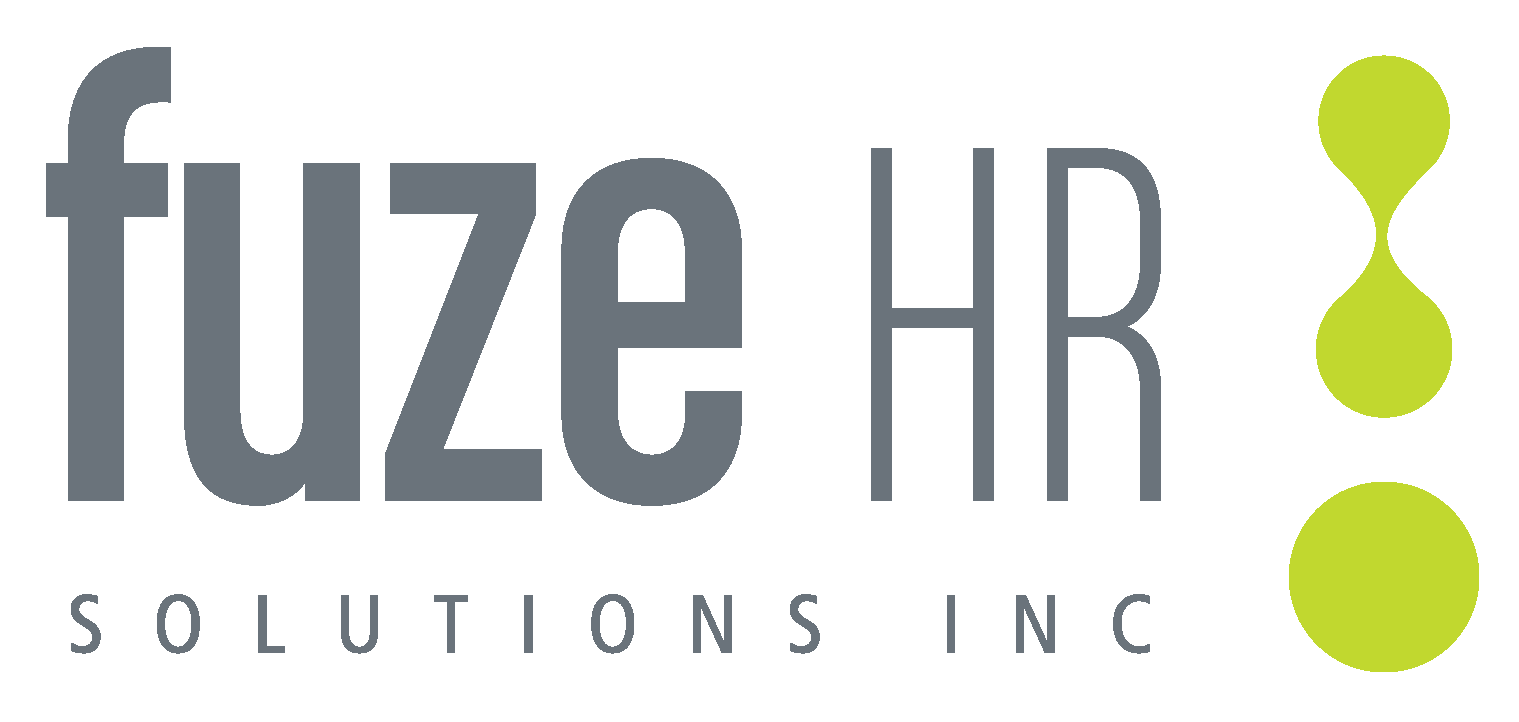As workforce turnover continues to rise and companies grapple with retaining talent, business leaders focus on enhancing the employee experience through improved training, benefits, and support. Employees are increasingly looking for companies that offer upskilling opportunities, growth potential, and job security. While considering talent mobility can be one of the solutions that many companies are strategizing to answer employees interests.
Unfortunately, many companies lack effective talent mobility. Employees often feel it’s challenging or even impossible to switch roles within their current organization; research by Monster.com shows that 80% of workers believe their employer does not provide adequate growth opportunities. As this issue becomes more prevalent, employers need to act swiftly to give employees a reason to stay.
To boost retention and engagement by empowering employees to take charge of their careers, talent mobility must become a top priority. Implementing a talent mobility strategy will benefit both your employees and your business by helping them reach their full potential.
What is Talent Mobility?
Talent mobility aims to better align the skills, motivations, and backgrounds of your workforce with your company’s needs and your employees’ interests. Essentially, it involves creating opportunities for employees to move laterally or vertically within the organization, thus fostering a culture of continuous growth and development.
Read more about Global Mobility.
How to Develop a Strategy for Talent Mobility
Developing a robust talent mobility strategy involves several key steps:
- Assess Your Workforce: Begin by understanding the current skills, strengths, and career aspirations of your employees. Use workforce intelligence tools to gather and analyze this data.
- Create Development Plans: Develop personalized growth plans for employees, focusing on both their professional aspirations and the company’s strategic goals.
- Invest in Training and Development: Provide ongoing training and hands-on learning opportunities to equip employees with the skills they need for future roles.
- Implement a Transparent Internal Job Market: Encourage employees to apply for internal positions and make the process transparent to build trust and motivation.
- Monitor and Adjust: Regularly review the effectiveness of your talent mobility strategy and make necessary adjustments based on feedback and evolving business needs.
Benefits of Leveraging Talent Mobility
Implementing talent mobility can yield numerous benefits for your organization:
- Enhanced Employee Retention: Employees are more likely to stay with a company that offers clear paths for growth. According to LinkedIn’s Global Talent Trends 2020 report, employees stick around 41% longer at companies that do a lot of internal recruiting compared to those that don’t.
- Cost Savings: Promoting from within reduces the costs associated with external recruiting, such as advertising, interviewing, and onboarding.
- Improved Morale and Engagement: When employees see opportunities for advancement, they are more motivated and engaged in their work.
- Reduced Hiring Risk: Internal candidates are already familiar with the company culture and processes, which can lead to a smoother transition and reduced risk compared to hiring externally.

Using Talent Mobility and Workforce Intelligence to Create an Internal Leadership Pipeline
Building a leadership pipeline through talent mobility involves identifying high-potential employees and preparing them for leadership roles. Here’s how:
- Identify Potential Leaders: Use workforce intelligence to identify employees with leadership potential based on their performance, skills, and career aspirations.
- Provide Leadership Training: Offer targeted training programs that focus on developing leadership skills and competencies.
- Create Opportunities for Leadership Experience: Give high-potential employees the chance to take on leadership roles in projects or temporary assignments to build their experience.
- Monitor Progress and Provide Feedback: Regularly assess the development of potential leaders and provide constructive feedback to help them grow.
When a leadership position opens up, having a leadership pipeline in place allows you to fill the role quickly and with less risk. Instead of searching externally, which can be time-consuming and costly, you can promote a well-prepared internal candidate who already understands your company’s values and operations.
Conclusion
Talent mobility is not just a trend; it’s a strategic imperative for business success. By aligning the skills and aspirations of your workforce with the needs of your company, you can create a dynamic, engaged, and loyal team. Investing in talent mobility and building an internal leadership pipeline will not only enhance employee retention but also drive your organization’s long-term growth and success. Remember, as LinkedIn’s Global Talent Trends 2020 report highlights, 94% of employees stay longer at companies that offer a variety of growth opportunities. Start developing your talent mobility strategy today and watch your business thrive.
For insights on how global mobility trends are influencing employee relocation, check out our comprehensive guide on Global Mobility.





